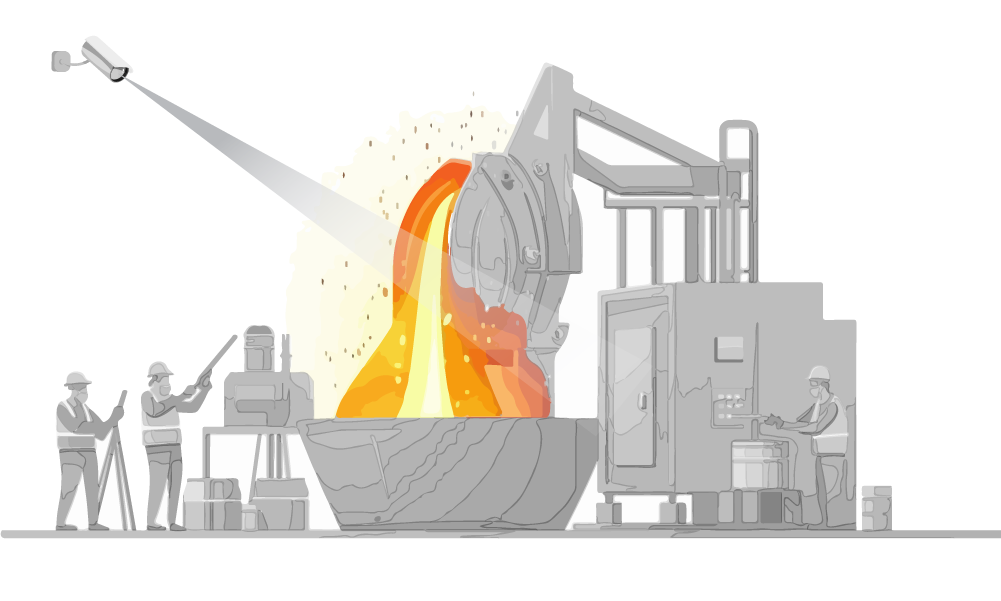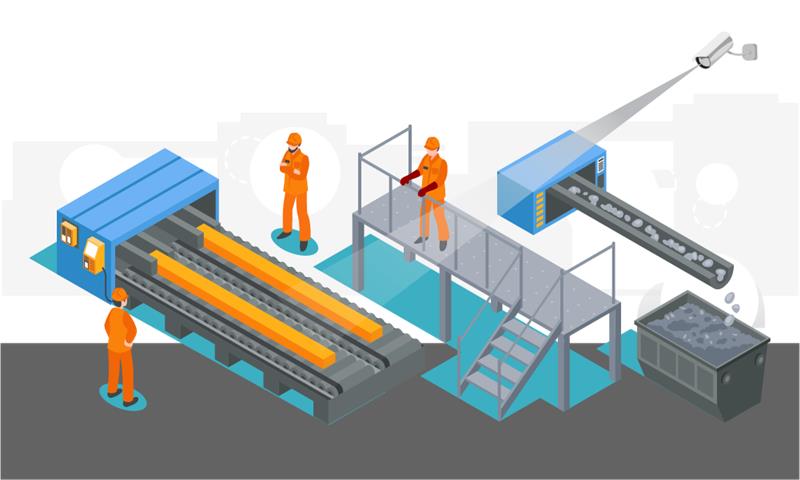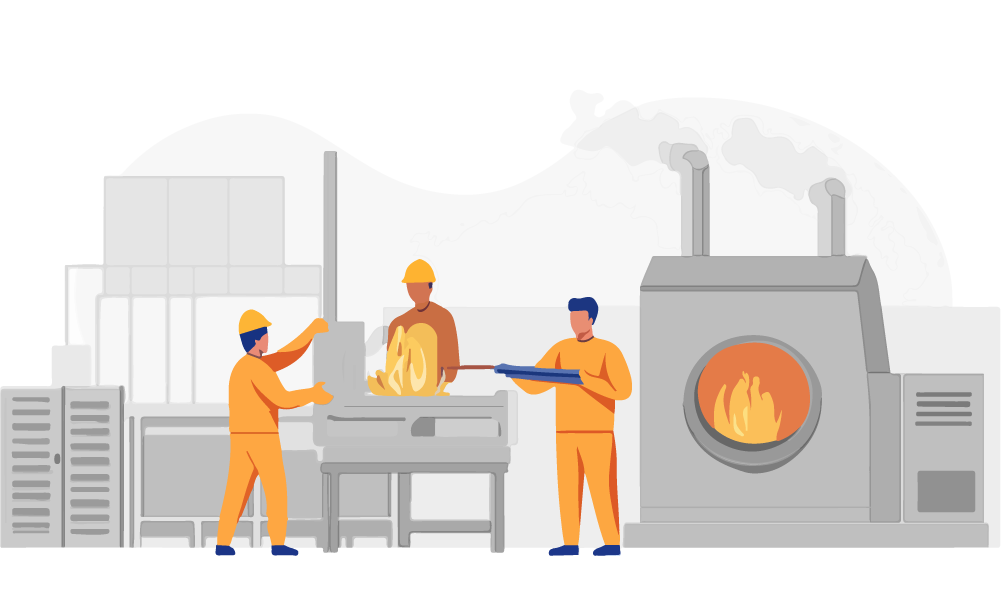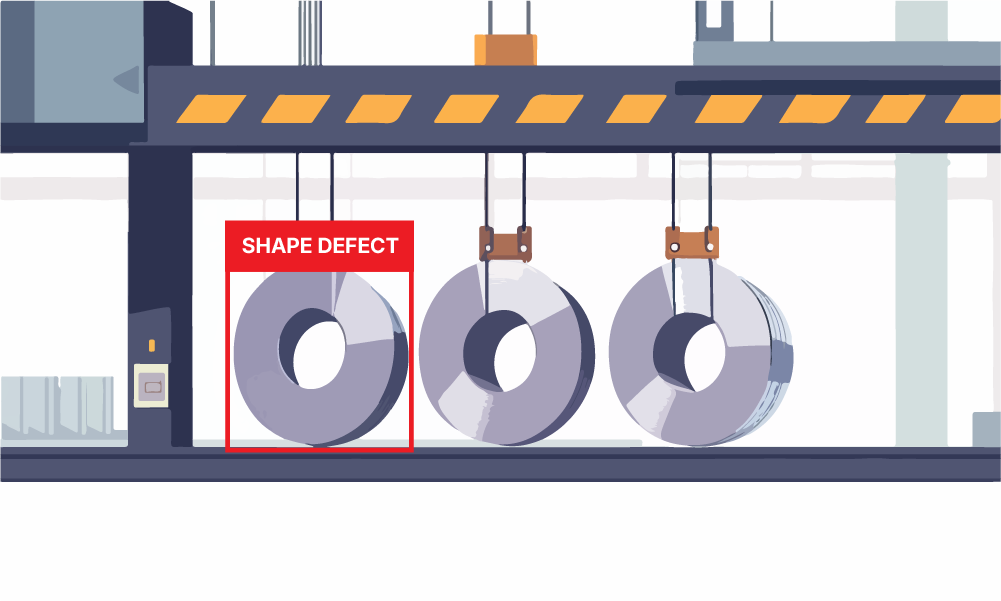Production Line Health Monitoring
Predict faults. Prevent downtime. Maintain flow across every stage of steel production.


Steel plants run on tight schedules and continuous operations. Unexpected machine halts, roller jams, or misaligned components can halt the entire line, causing delays, losses, and unsafe conditions. Production Line Health Monitoring uses computer vision to track the physical and functional condition of moving components in real time, rollers, conveyors, cooling beds, tension arms, and more.
A single fault in conveyors or rollers can halt the entire line, causing cascading delays.
Most steel lines depend on fixed maintenance schedules, missing early signs of wear or damage.
Without continuous vision, misalignments or heat-induced warping often go unnoticed.
Operators typically detect issues only after they affect the finished product or cause stoppages.
AI models detect wear on rollers, chains, and belts based on visua degradation.
Detects off-center movement, skewed alignment, or unusual material buildup.
Integrates thermal vision to track heat-induced component distortion.
Live condition monitoring with auto-alerts and maintenance request initiation.


We begin by auditing your rolling and conveyor lines, identifying high-friction, high-failure, or heat-sensitive sections.
Cameras are paired with thermal and vibration sensors at key points, like tension zones, curved conveyors, and cooling beds, for a complete mechanical picture.
Our models are trained on live data from your plant to distinguish between normal operational variations and early-stage degradation, belt slack, or roller wobble.
When anomalies are detected, the system auto-generates fault logs and routes them to maintenance teams. This allows for scheduled interventions without shutting down entire sections.
Stay updated with the trending and most impactful tech insights. Check out the expert analyses, real-world applications, and forward-thinking ideas that shape the future of AI Computer Vision and innovation.
It’s 6:00 AM on a rainy day at a bustling inland container depot. The floodlights are buzzing, fighting a losing battle against the gray drizzle. A queue of eighteen-wheelers is already idling at the gate, engines rumbling, exhaust mixing with the fog. In the guard booth, Mike is on his third coffee. He’s a good […]

CEO & Co-founder
Collaboration creates a story. Some are born from timing, others from shared ambition. But the partnership between WebOccult and Deeper-I began from something subtler, a mutual belief that intelligence should live closer to the world it serves. For years, Vision AI has been mastering the art of seeing, while Edge AI has been perfecting the […]

CEO & Co-founder
Any object that leaves a factory belt carries an identity. It may appear as a string of numbers etched into metal, a barcode printed on paper, or a label attached to packaging or glass material. Together, these small symbols form the nervous system of modern industry. They track movement, record responsibility, and ensure that everything […]

CEO & Co-founder